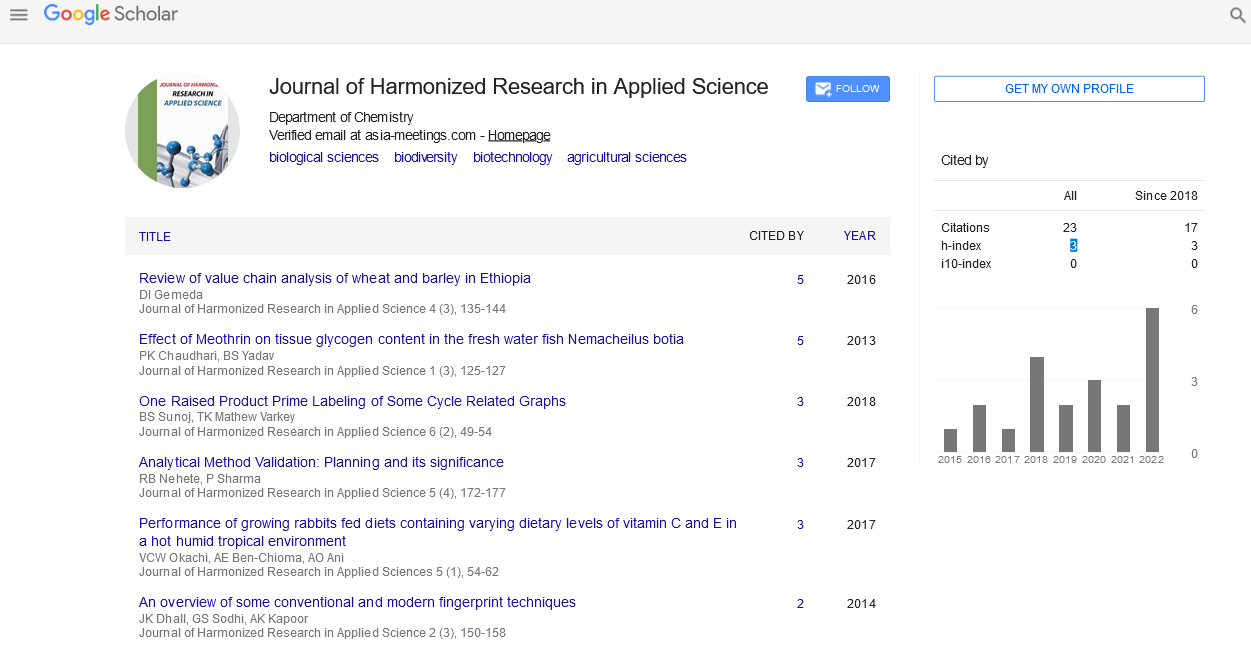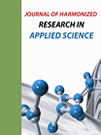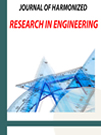MYTHS AND BELIEFS IN THE USE OF HOT SPRINGSIN SWAZILAND ? WHAT ENVIRONMENTAL AND HEALTH RISKS?
Abstract
Author(s): Alfred Francis Murye* and Sipho Ishmael M. Mkhonta
An exploratory descriptive study that followed both quantitative and qualitative research approaches to data collection and analysis was carriedat the Ezulwini hot springs in Swaziland to determine t he myths, believes, and human health and environmental risks posed by the use of hot springs in Swaziland. The study was prompted by the fact that, the hot springs at Ezulwini and elsewhere in Swaziland are subjected to numerous uses such as drinking, washing, bathing and enema which pose health and environmental risks to both the immediate users of the resource, those using the water downstream, and the environment at large. It purposively targeted all the hot springs at Ezulwini. The participants included people in the area and visitors using the hot springs. Persons using the springs and those employed to manage them were observed and interviewed. Convenience sampling was used hence people found at the hot springs sites on the time of data collection were interviewed using an interview schedule and informal interviews. Participatory observation methods were alsoused to observe and record data from the participants. Data saturation determined a sample size of 50 participants. The prevailing conditions at the spring’s sites were observed and a checklist was used for further data collection. A diary was utilized to record anecdotes and a camera was used to take pictures. Water samples were taken and tested at the Natural Resource Laboratory in Mbabane for nitrates, sulfates, chlorides, total dissolved solids, and total coli forms. Temperature and pH were measured on site. The study found that, all the hot spring users at Ezulwini are exposed to either physical hazard due to thermal pool structure or due to activities performed at the thermal springs such as enema, bathing and induced vomiting. Waste management in Thermal Spring 1 (TS1) was wanting in that it is not cleaned regularly and also that there are no rules which may force users to manage the spring. The use of these springs also poses a major risk of cholera and other diarrheal outbreaks. The environment is also at risk by human excrement and waste directly disposed of into the water and the surrounding area these further flows into wetlands downstream and contaminate them. The study recommends that, Health education for thermal spring users be done as users tend to share apparatus which pose a health risk. In addition, people’s myths and believes about hot springs need to be changed through awareness campaigns. Monitoring of vector populations, water quality, and case reporting to the Swaziland Environmental Authority (SEA) and to the Swaziland Water Services Corporation (SWSC) by the Ezulwini Town Board (ETB) needs to be done. Keywords: Thermal springs, environment, diarrhea, waste management, Ezulwini,










